
In Part I of this series, “Introduction To Color Spaces“, we saw how color spaces are responsible for the color accuracy and rendering of the images. In this article, we will focus on the ways to process your photographs to obtain a high quality, professional grade photo-print. In order to get a naturally and aesthetically appealing photograph, one must take care to apply selective adjustments judicially to ensure a natural-looking output. Let’s see the steps involved. Each of these steps requires fine adjustments and involves several steps. It is out of the scope of this article to cover each adjustment step-by-step. Also it is important to note that the post-processing is done on a calibrated monitor (a topic for another article), so that the output is consistent across devices.
-
Correcting Exposure
Exposure simply refers to the amount of light the image had received during the shot. While overexposed images might blow out colors, underexposed ones can make them dark. Exposure should be the last thing you want to change, you should get correctly exposed pictures right out of your camera (so check your camera settings if you are forced to correct exposure during post-processing).
-
Removing Unwanted Noise
Photographs shot at low lighting conditions and at a high ISO settings contain noise. Not all noise is bad and sometimes it’s even desirable to achieve a film grain effect. Noise reduction result of various applications is different. To really see the noise, zoom the picture to 100% and then make adjustments. Mostly it’s the color noise that shows in high ISO images. Noise reduction tends to kill the sharpness in the image. Also a noisy image can only be sharpened by small amounts to keep the noise grain invisible.
-
Correcting The White Balance
Modern cameras have in-built white balance correction. However, sometimes the result delivered by the gear is not accurate enough and it’s most often seen under mixed-light conditions that the color balance goes off-track. For this, you need to correct the color-cast during post-processing. Different image editors have different implementations of this function. However ideally photographers use a RAW converter to make these adjustments. RAW converters have a dedicated control for adjusting white-balance. An accurate white-balance helps you achieve the neutral white and the real hue of every color so that you can move on to the step of adjusting the color and saturation.
-
Adjusting The Contrast
Contrast is the difference between the highlights and shadows in an image. Landscape photographs require a high contrast to strongly bring out the light and dark areas and clearly define each detail. To the contrary, portrait photographs require a subtle level of contrast to maintain the evenness and softness of the human skin tone. Contrast helps you add some extra pop-n-zing to the image. However to ensure that the result looks natural, you must make adjustments in small amounts. Trying auto-contrast can be tricky as some applications do it on a per-channel basis and ruin the colors (more accurately the color balance). Ideally the contrast must be adjusted on the monochromatic level, such that the histogram is evened out and more importantly that the result is closer to the actual scene. Image editors have no intelligence to detect this. Thus the photographer is the only human who can compare the result with the original scene to get it right.
-
Playing With Saturation
The color saturation of an image signifies the intensity of the color in it. While well saturated colors make the photograph more interesting, it’s often not the real and actual color. As a photographer one must strive for color accuracy than the amount of saturation. It like deciding between the quality and the quantity. However the effect which is more relevant for us as photographers is “vibrance”. Think of vibrance as a saturation control but the one which is more refined and does not affect skin tones. Here’s what Adobe says about the vibrance control.
Adjusts the saturation so that clipping is minimized as colors approach full saturation. This setting changes the saturation of all lower-saturated colors with less effect on the higher-saturated colors. Vibrance also prevents skin tones from becoming oversaturated.
-
Retouching
Retouching is a complex and time-consuming process. It’s especially the portraits which call for retouching however depending on the photograph, you may want to retouch the skies, waters, shadows etc, to bring out the best. Retouching mostly is about selecting a soft brush in Photoshop and applying it on selected areas to make any adjustment to those areas — dodge, burn, brighten or darken… almost anything you wish. Sometimes you have to aggressively get rid of certain unwanted objects in the scene, at other times you only want to make subtle changes to the shades, colors and the tones in the photograph. It is surprising how much this single effect can have on the final output, so do not get intimidated by the time and skill required to retouch photos. It’s going to be worth it in the end.
-
Enhancing The Sharpness
Sharpness is the absolute final adjustment in the workflow. Sharpness refers to the contrast between the sharp edges in an image. While some pictures are naturally soft, at other times sharpness is almost always lost due to Bayer Interpolation while taking the shot. Whatever be the case, a soft photograph lacks the finish that a photo must have. Sharpening in Photoshop can be done by using the “Unsharp Mask”, “Smart Sharpen” and “High pass filter”. While using an unsharp mask, tweak the radius setting to as low as possible as this option creates a noticeable color hallow around the selected object. However, you can vary luminosity to hide the halo. In case of smart sharpen, the settings are almost alike to unsharp mask but the result is a more detailed image. Removing the lens blur option in smart sharpen gives amazing effect to the photograph. High pass filter sharpening is ideal for portrait photographs because it brings out little details like those desired in the hair and eyes of portraits. While using a high pass filter, play with blend modes, opacity and radius value settings to obtain desired effect.
We’ll soon be covering each of these steps in detail in articles dedicated to each. Once you have completed all the above steps, your photograph is ready to be presented — on the screen or in prints. In the next post in the series we’ll take a look at the printing function, the printers and how to prepare your photograph for these printers.

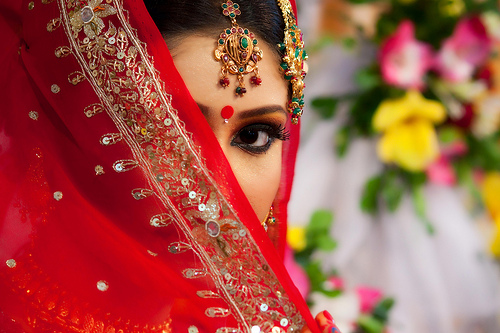

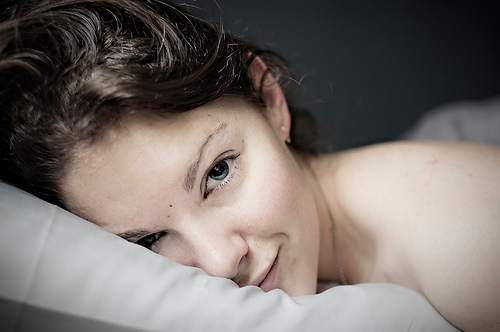
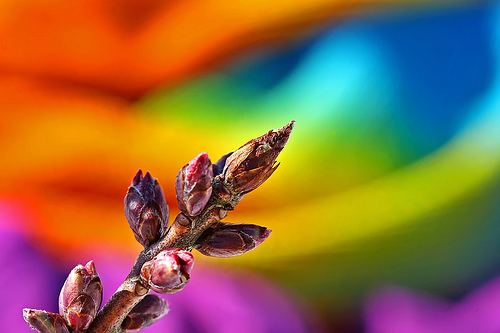
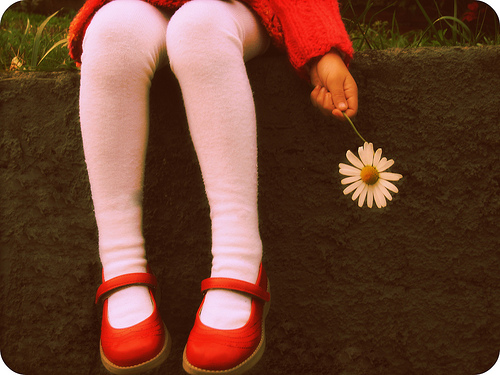
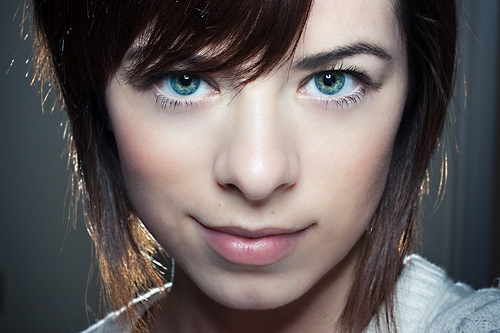
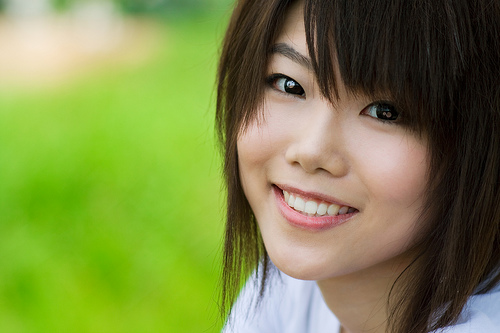

Hi, all the information provided in the post is useful and I used the given ideas, consequently it improved my photography. Thanks